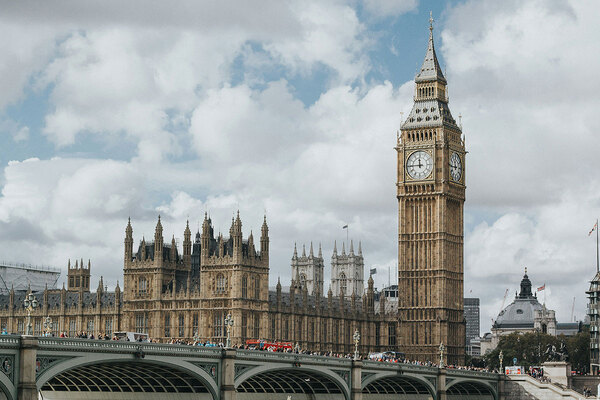You are viewing 1 of your 1 free articles
Two-thirds of high-rise flats still require EWS1 form, latest data reveals
Nearly two-thirds of high-rise flats still require an External Wall System 1 (EWS1) form when valued by banks, according to the latest data from the UK’s six biggest lenders.
The figures revealed that between April and June 2023, banks asked for the safety certificate on 4,000 flats in buildings with more than seven storeys (62% of all valuations in this height bracket). This is up from 53% in the previous quarter.
The number of mid-rise blocks (five to six storeys) requiring an EWS1 form also rose, with 5,000 valuations requiring a certificate during the quarter, 32% of all valuations in this height category.
Overall the data, which covers a total of 43,000 valuations, showed that EWS1 forms were required by lenders for 10% of mortgage valuations on flats in the UK, with the number falling sharply for low-rise buildings to just 2%.
Launched in 2019, the EWS1 form was originally devised to help ascertain whether a building taller than 18 metres had dangerous materials in its external walls, with banks requiring the form before they issue a mortgage for the property.
The form was supposed to end uncertainty caused by the publication of a government advice note that said buildings must contain no combustible materials or have their build up demonstrated as safe by a large-scale test.
This had caused lenders to refuse to offer mortgages on these properties, given that many did contain combustible materials and ascertaining their specific make-up was extremely complicated.
The process proved disastrous, with further government advice notes ultimately resulting in lower-rise buildings coming into the scope of EWS1 assessments, with millions of individual flats in scope and far too few surveyors to carry out the checks. Leaseholders were left in limbo, unable to sell their flats.
Earlier this year, major banks released a statement explaining they would start to issue mortgages on some buildings with dangerous cladding again, as long as a remediation plan was in place.
But the latest data showed that the requirement for an EWS1 form on many mid and high-rise buildings remains widespread.
The statistics from the last quarter highlighted that many lenders are still asking for the certificate on mid-rise blocks, despite ministers previously recommending the requirement was scrapped for blocks of this size.
Former housing secretary Robert Jenrick announced in 2021 that buildings smaller than 18 metres would no longer require EWS1 forms after the government’s expert panel analysed the number of fires in such buildings and found no systemic risk.
Yet after this statement, lenders said they would not change their policies around EWS1 checks for buildings under 18 metres tall until the guidance changed from the Royal Institution of Chartered Surveyors (RICS), the original architect of the certificate.
After a five-month consultation, the the body opted to stick to its original position, which means some buildings smaller than 18 metres still require EWS1 forms.
However, the RICS did release new guidance on lending for buildings under remediation late last year, paving the way for the latest rule changes for blocks under remediation.
Giles Grover, a spokesperson for the End Our Cladding Scandal campaign, said: “Despite the government hoping that reliance on EWS1 would decrease, these statistics paint the opposite picture.
“The figures also only tell a partial story, with lenders covering approximately a third of the market not being asked for any data and the government refusing to collect or even sample valuation and purchase price metrics. This hides the implicit understanding that trapped victims of the building safety crisis have no choice but to accept lowball offers if they want to escape the misery they have endured for years.”
He added that leaseholders who do not qualify for protections are “still at the mercy of the market”, and this included the “thousands” in low-rise buildings who were still being asked for EWS1 forms, with no government support to cover the works or legal protections.
Poor government guidance and non-prescriptive regulations, combined with non-compliance by builders and poor enforcement by inspectors in the decades before the Grenfell Tower fire in 2017, resulted in tens of thousands of buildings including dangerous materials in their external facade.
Combustible balconies, window panels and insulation were all permitted on the walls of tall buildings in certain circumstances, despite warnings to officials about their danger.
In addition, buildings below 18 metres were subject to no limits on combustible materials according to official government guidance – a position that was only revised last year.
This meant that when the government suddenly insisted that all combustible materials required removal, the market froze and flat sales crashed.
Hundreds of thousands of people have since faced long delays selling their property as a result, with many missing out on jobs and the chance to have children. Many remain trapped to this day.
The government has made several attempts to undo its mishandling of the crisis in the years since, but none have yet unstuck the market, with lenders largely continuing to take a cautious approach to offering mortgages on affected buildings, particularly higher-rise properties.
Sign up for our fire safety newsletter
Already have an account? Click here to manage your newsletters












